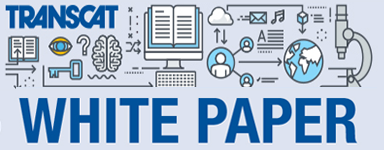As the skilled, baby-boomer workforce nears retirement, years of technical expertise is exiting as well. Factories are watching years of knowledge leave their organizations, and how to replace these skilled workers has manufacturers concerned.
In a 2008 survey of 100 senior manufacturing executives commissioned by Advanced Technology Services and conducted by Nielsen, 81 percent said they would be affected by the serious lack of skilled labor, costing an average $52 million each over the next five years. This figure reflects more than just the cost of recruiting, training, and retaining workers; it includes the high price of lost production as well.
One segment suffering the greatest effect from the skilled workforce retiring is in an area where the difference of one micron, one millionth of a meter, can mean the difference between growth and profitability and record loss.
As the skilled workforce retires, the lack of metrology awareness among young adults is alarming. Without infusing a new workforce behind the retiring baby boomers, the vulnerable state of calibration programs becomes somewhat of an epidemic. Desperate companies are resorting to hiring less-skilled technicians to fill the shoes in an area where precision down to one millionth of a meter is required, and where the slightest variation can have a rippling effect on not only in-the-factory issues such as production, scrap and waste, but consumer-facing issues from safety, customer satisfaction, and higher warranty costs.
Effects of Poor or Less Stringent Calibration Proceedures
Although the effects of poor or less stringent calibration procedures may be easy to list, the implications of such increases exponentially as it flows down the manufacturing chain ultimately affecting the quality of the final product, which in many cases, is where the manufacturer’s brand equity lies.
Product quality is the most critical success factor for manufacturers. Without it, there are no sales. The consequence of poor calibration has severe financial repercussions. In fact, per the ATS commissioned survey, the average cost of poor quality calibration costs manufacturers $1,734,000 each year. When considering solely large companies with revenues of more than $1 billion, the cost balloons to an average of $4,000,000 annually.
So the questions become how does poor calibration affect your bottom line, and how do you avoid the pitfalls of poor quality?
Consider the cost and time required to repair a calibration error. Another ATS/Nielsen Research survey of 100 manufacturing executives in the automotive industry conducted in 2006, reports an average cost from stopped production at $22,000 per minute.
The Implications of Incorrect or Incomplete Calibration
The implications of incorrect or incomplete calibration on a function that compromises a measurement essential to a part or component’s performance can be great. Imagine that an out-of-tolerance component is used to build the final product, thus rendering the product inoperable or unusable. Consequences might range from beyond productivity hiccups to necessitate an expensive global recall campaign because of threats to public safety.
If gauge availability is hindering an operation’s ability to release product for shipping, costs skyrocket. Deadlines are missed, shortages occur, satisfaction ratings suffer, and sales revenue drops. A properly trained calibration workforce ensures gauges are certified correctly and available when needed. An effective calibration program is a preventive cost that is often overlooked.
Poor Quality and Product Defects
Everything told, poor quality and product defects that lead to injuries and worse, death, as we’ve seen in the headlines this past year, will erode and even destroy a manufacturer’s brand image in a way that can take years to rebuild. Consumers will stop purchasing once fatally-flawed tires, toys once contaminated with lead or toothpaste discovered to have once contained toxins. Such public flaws and brand erosion can be as costly as the demise of a company.
How to avoid the Pitfalls of Poor Quality
How to avoid the pitfalls of poor quality the quality initiative in the United States has driven immense change over the past 10 years within the four walls of factories. Processes and procedures define the “how” and “what” an organization does to meet customer expectations. Safety and social responsibility drive product quality and force organizations to develop standardized processes to satisfy ISO requirements. Customer requirements are forcing organizations to invest in quality management systems at a time when U.S. based manufacturers are faced with competing in a changing global marketplace and economic uncertainty.
More and more manufacturers are turning to outsourcing non core functions to focus on strategies that will improve productivity and profitability. Outsourcing asset management and calibration significantly reduces costs by delegating the responsibility to trained experts for whom quality is core. Industry analyst firm Frost and Sullivan sizes the North American market for calibration services at well over a half billion dollars.
In the 2008 ATS survey of senior manufacturing executives, two-thirds said that they would outsource their production maintenance to gird against the effects of a recession. These managers agree that core competencies should pinpoint activities that one must do well if they are going to gain a competitive edge in the market. Should it be determined that production maintenance isn’t a core competency, and then the option to outsource all or part of maintenance becomes a viable option. Indeed, these outsourced professionals have tackled the issues of recruiting, training, and retaining the elusive skilled worker who is becoming rarer every day with the retirement of a generation and lost knowledge.
Regardless, whether training an in-house team or outsourcing to experts, it’s imperative that a team of calibration professionals executes a program of analyzing and optimizing current gauge inventory, leveraging resources, and reducing inventory. Asset management programs including 5S in cribs and gauge areas are where cost reductions and lean methodologies can be realized quickly. Removing gauges from inventory that are no longer needed or in use, reduces inventory transactions and provides a means to increase revenue through additional sales. Selling old equipment and gauges drives profits directly to the bottom line.
Effective Calibration in Conjunction with Lean Practices
Effective calibration in conjunction with lean practices such as total productive maintenance (TPM) can have a signification effect on asset productivity. TPM is a holistic approach to equipment maintenance that trains and involves operators and support personnel, institutionalizes continuous improvement and embodies the overall lean culture of an enterprise. While TPM can be implemented as a stand-alone process, it’s most effective when deployed as an integral part of the overall cultural transformation that takes place as the enterprise adopts and implements a lean business strategy. TPM is one of many lean tools that engage all employees to eliminate waste, improve equipment reliability and overall business performance. TPM isn’t a short-term program; it’s a lifelong commitment that requires a certain discipline about the fundamental way people and organizations care for their equipment
Predictive Maintenance
Predictive maintenance (PdM) techniques are also invaluable in helping to determine the condition of production equipment and to predict when and what type of maintenance should be performed. This approach offers cost savings over routine preventive maintenance programs in which maintenance tasks are performed only when scheduled.
There are many predictive maintenance technologies, and some have become standard in many industries. Those standard technologies include: thermography assessments, vibration monitoring, oil analysis combined with wear particle analysis, ultrasound measurements and motor current analysis.
Predictive technologies enable the gathering of equipment health data much like a doctor conducts a physical, blood analysis, and X-rays on a human. These actions don’t fix the problems, but can find them in a very early stage, not easily detected by visual or other basic inspection of the equipment. In short, monitoring the equipment health and making maintenance decisions based on these conditions can prevent catastrophic failures and extensive downtime.
In this competitive global business environment, forward-thinking manufacturers who entrust their maintenance to outsourced partners are proving that a well-executed maintenance strategy, including an educated, expert focus on calibration and quality, are delivering a competitive advantage.
This article first appeared in "QualityInsider," an electronic publication from Quality Digest magazine (www.qualitydigest.com)."






